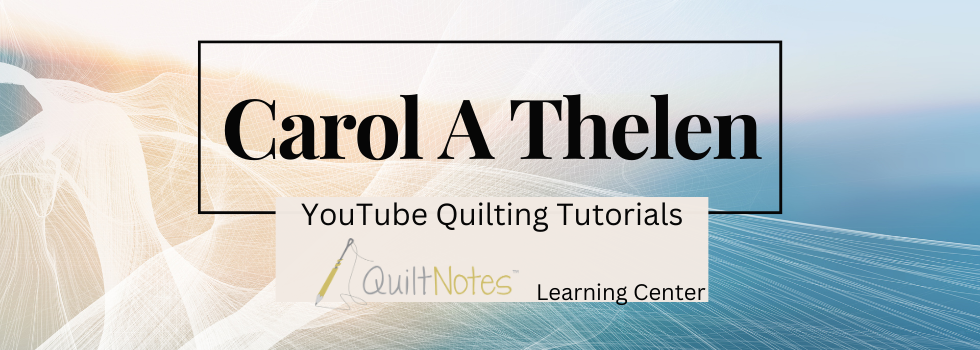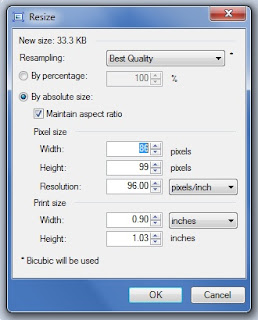But if you plan to have the top quilted and to actually finish the quilt then I ask you to consider the quilting designs, thread color and backing fabric as carefully as you choose fabrics for the top. Let me give you an extreme example of what I'm talking about. A new quiltmaker brought me a top that consisted of two solid fabrics: pure white and navy blue nine patch blocks. The finished blocks were 6" and the nine patch blocks alternated with solid white blocks. The quilt was a large king size. The backing was solid white.
The quilt top was very well pieced and was cherished by this quiltmaker.
One important thing to consider when choosing fabric and the quilting design is the quilting thread color. For longarm quilting and often for home machine quilting it is best to match the top and bobbin threads. Thread tension does not always stay perfect especially with free motion quilting so if you use white on the top and navy in the bobbin, you will have pokies, top threads poking to the back or bobbin threads poking to the top. This gives an unpleasant look.
The choices for quilting were allover design or custom quilting. Let's look at the allover design first. Choosing the design is no problem. I would suggest a curvy, swirly or flower design that interlocks and is not symmetrical since there is so much symmetry in the piecing design. For thread color, I would suggest white since most of the quilt top and all of the backing are white. There will be a contrast of the white thread on the navy patches but overall the contrast is toned down with the large amount of white fabric.
For a custom design the client wanted a daisy type flower quilted in each plain white block and stitch in the ditch (SID) of the nine patch blocks. No problem with the daisy design because I used white thread which looked great on the white fabric for the top and backing but the stitch in the ditch was a different story!
The client only wanted stitch in the ditch so there was no compromise there. The problem comes when deciding which thread color to use. There are several problems:
- SID means just what it says, you stitch in the ditch formed when the fabrics are pressed to one side. In many cases the seam is pressed toward the dark but it isn't always the case. That means the ditch moves from the white fabric to the dark fabric and back at different times.
- If white thread is used to SID it will blend well when the ditch is on the white fabric but it will stick out like a sore thumb on the navy fabric.
- Why not just stay on one fabric whether the ditch is there or not? Because then you are alternating SID with top stitching which would really be distracting.
- Changing thread colors is time consuming and probably not a solution unless you have lots of time to get the quilting done.
- If SID is not a requirement, one solution would be to quilt a large "X" in the nine patch blocks using navy thread. That would look nice on the top but would you like the contrast of the navy "X" on the white backing?
- Machine quilting, especially custom quilting, has lots of stops and starts. When using thread that contrasts with the fabric, these starts and stops are highly visible and can be distracting.

Lots of things to consider!
Here are pictures of the front and back of a scrap quilt I recently completed. I used variegated thread in the top and a coordinating thread in the bobbin.
For the backing, I pieced together 5 different fabrics. In the picture below you can clearly see the quilting in the light color fabric but it blends in with the busy print fabric.
Keep some of these things in mind when choosing fabrics for the top and backing. Have a general idea of what quilting design and thread color you might use to complete the quilting.
Carol Thelen

















